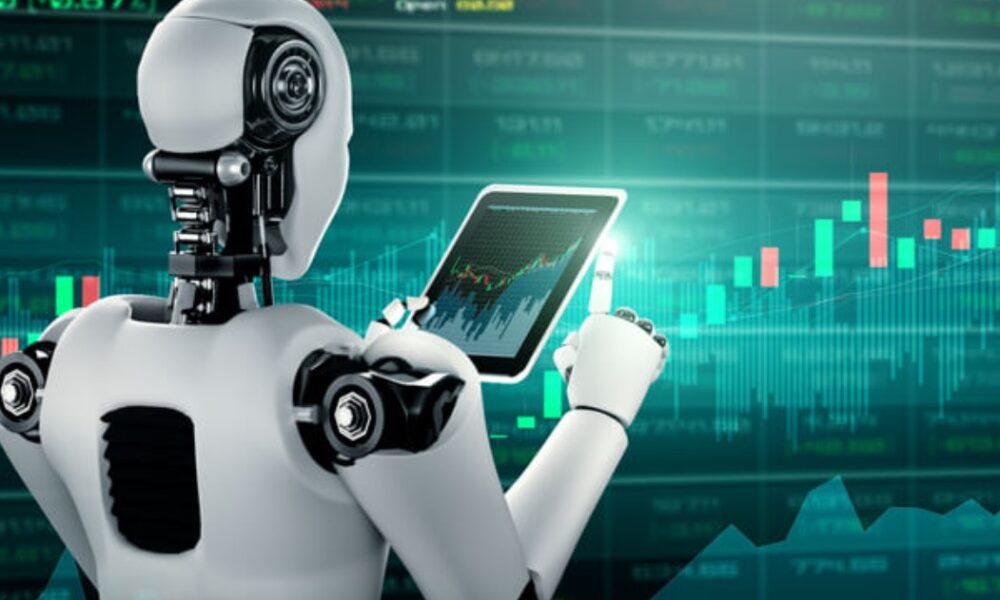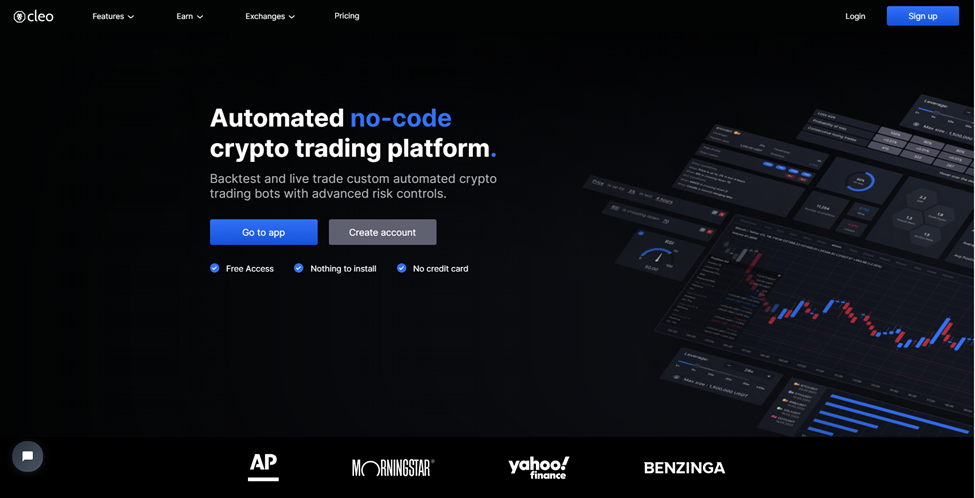Automated Trading Systems, also known as algorithmic trading (or black-box) or computer programs that employ mathematical formulas to execute trades on specific conditions. These platforms have been developed to automate the execution of trades without human intervention.
Trade rules- Automated trade systems are programmed to follow specific trading rules. They decide when to enter or exit trades.
Data input: Automated trader systems process massive amounts and real-time market data and then use that data to make trading decision.
Execution- Automated trade execution systems are able to execute trades with a speed, frequency and in a way that is not possible for an individual trader.
Risk management- Automated trading systems can be programmed to implement risk-management strategies, including Stop-loss orders and position sizing, to control potential losses.
Backtesting: Before being employed for live trading, the automated trading software is able to be tested back.
Automated trading platforms offer the primary benefit of being able execute trades efficiently and precisely without having to be supervised by humans. Automated trading systems can also process massive amounts of data in real-time and create trades on the basis of specific rules and conditions, which helps to lessen the impact on emotions of trading and improve the reliability of results from trading.
But, there are some risks associated using automated trading systems including the potential for the system to fail, mistakes in the trading rules, as well as the lack of transparency within the trading process. You must thoroughly verify the system and run tests before you implement it in live trading. Read the recommended trading divergences for website info including automated trading system, automated software trading, automated trading bot, algo trading, forex tester, best indicators for crypto trading, stop loss order, stop loss in trading, cryptocurrency trading bots, crypto trading and more.

What Is The Process By Which An Automated Trading System Function?
Automated trading platforms function by processing huge amounts of market data in real-time, and then making trades that are based on specific rules. The process can be broken into the following steps: Define the strategy for trading- The first step is to define the strategy for trading, which includes the specific rules and conditions which determine when it is appropriate to enter and exit trades. These could be indicators that are technical, such as moving averages or other factors, such as price action or news events.
Backtesting- After the trading strategy is established the next step is back-testing the strategy against historical market data to evaluate its performance and identify any issues. This process lets traders assess how the strategy performed over time and make necessary adjustments prior to applying it in live trades.
Coding- After the trading strategies have been tested back verified, approved and validated, it is time to code them into an automated trading system. This is the process of converting the strategy's rules and terms to a programming language such as Python or MQL (MetaTrader License).
Data input - Automated trading platforms require market data that is real-time for making trading decisions. This data is typically obtained via a data feed provided by a market data vendor.
Trade execution- Once the market data has been processed, and all requirements for a trading contract have been have been met, the automated system will then execute an order. This includes sending trade orders to brokerage. Then, they will execute trades in the market.
Monitoring and reporting - Automated trade systems often come with reporting and monitoring capabilities that allow traders to monitor the system's performance and identify any possible issues. This may include real-time reports on performance as well as alerts for any unusual market activity as well as trade logs.
Automated trading can happen in milliseconds. This is faster than what human traders would do and complete an order. This speed and accuracy could produce more efficient and consistent trading results. However, it is essential to test thoroughly and verify an automated trading system prior to applying it to live trading to verify that it's functioning correctly and that it meets the desired trading objectives. Have a look at the most popular trading divergences for website examples including automated crypto trading, position sizing, algo trade, emotional trading, forex tester, best forex trading platform, how to backtest a trading strategy, forex tester, forex backtesting, backtest forex software and more.
What Happened During The Flash Crash Of 2010
The Flash Crash, a sudden and serious stock market crash on May 6, 2010, was the reason. The flash crash that occurred on the 6th of May in 2010, was described as a serious and sudden stock market crash. The factors included:
HFT (high-frequency trading)HFT (high-frequency trading) HFT algorithms utilized complex mathematical models to trade on information from the market. It was responsible for a large portion of the market volume. These algorithms generated high volumes of trades that caused instability in the market and increased selling pressure in the aftermath of the flash crash.
Order cancellations - HFT algorithms were developed to stop orders in the event that the market was moving in an adverse direction. This added selling pressure during the flash crash.
Liquidity: A lack of liquidity on the markets was the cause of the crash. Market makers and participants temporarily left the market during the crisis.
Market structure - The complicated and dispersed structure of the U.S. stock market, with multiple exchanges and dark pool, made it challenging for regulators to observe and respond to the collapse in real-time.
The financial markets were hit by the flash crash. Individual investors experienced significant losses, while market participants lost confidence in the stability. In the aftermath of the flash crash, regulators implemented several steps to enhance the stability of stock markets, including circuit breakers which temporarily stop trading on individual stocks during extreme fluctuations. They also improved the transparency of markets. Have a look at the most popular psychology of trading for website tips including best crypto trading bot, automated trading bot, forex backtesting software, auto crypto trading bot, position sizing calculator, backtesting trading strategies, backtesting platform, crypto backtesting, backtesting, automated crypto trading bot and more.
